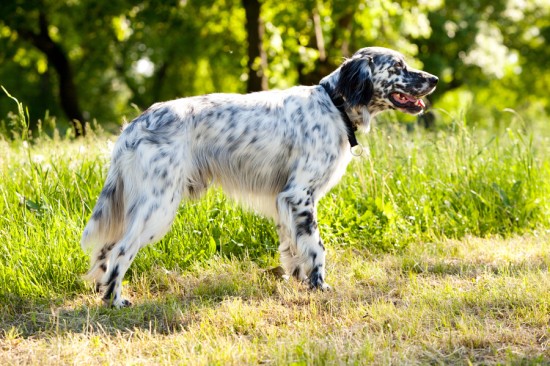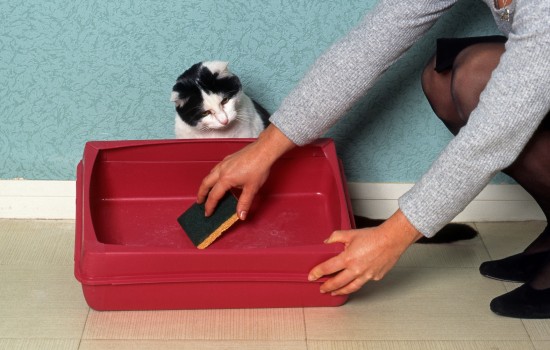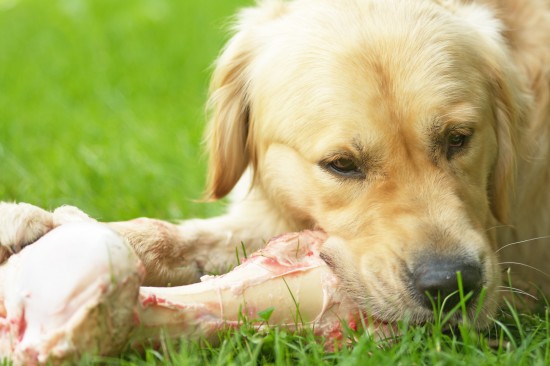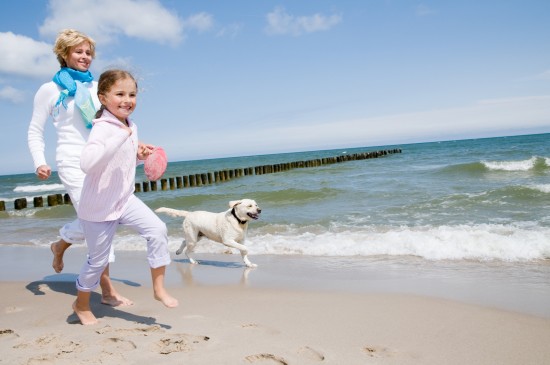
Normal 0 false false false EN-US X-NONE X-NONE MicrosoftInternetExplorer4 ...
Normal 0 false false false EN-US X-NONE X-NONE MicrosoftInternetExplorer4 /* Style Definitions */ table.MsoNormalTable {mso-style-name:"Table Normal"; mso-tstyle-rowband-size:0; mso-tstyle-colband-size:0; mso-style-noshow:yes; mso-style-priority:99; mso-style-qformat:yes; mso-style-parent:""; mso-padding-alt:0in 5.4pt 0in 5.4pt; mso-para-margin-top:0in; mso-para-margin-right:0in; mso-para-margin-bottom:10.0pt; mso-para-margin-left:0in; line-height:115%; mso-pagination:widow-orphan; font-size:11.0pt; font-family:"Calibri","sans-serif"; mso-ascii-font-family:Calibri; mso-ascii-theme-font:minor-latin; mso-fareast-font-family:"Times New Roman"; mso-fareast-theme-font:minor-fareast; mso-hansi-font-family:Calibri; mso-hansi-theme-font:minor-latin; mso-bidi-font-family:"Times New Roman"; mso-bidi-theme-font:minor-bidi;}Outdoor Dog, Indoor Dog
For most dog owners the preferred venue for toileting is outside the house. But for some, this is not a realistic option. You or your dog may have mobility issues or other health concerns, or your living arrangements or location may not allow for easy access to an appropriate outdoor area. In these situations, you will need to paper train your pet - that is, to provide her with a designated spot in the house where she can urinate and defecate, and teach her to use it reliably. Indeed, almost all pet parents who work outside the home will use paper training at some point; remember, a puppy can only hold its bladder for approximately as many hours as its age in months, so a puppy cannot be expected to go an entire workday without eliminating until it is eight or nine months old. If you do not have a pet sitter, dog walker, or responsible neighbor who can take the puppy out at regular intervals, she will perforce have to void in the house - preferably on a spread of old newspapers, rather than, say, your Persian rug.
Close Quarters
Whether it's used as a stopgap or as a permanent solution, paper training works best when coupled with confinement. Wolves and wild dogs have a designated toileting spot outside the den where they will return again and again. As leader of this little dog pack, it is up to you to select that spot, and the best method is to restrict the puppy's movement overall. If the puppy has free run of the house, she will select her own favorite spot to move her bowels - and woe betide if she should that rug in your guest bedroom.
When you are away from home for a period of several hours, you want to give your puppy only the room that she needs. Block off an adequate space with dog gates or heavy furniture. There should be a sleeping area, with dog bed and comfort items; a play area, a stimulating environment with toys; and an elimination area. If possible, the newspapers or other elimination media should be separated from the play and sleeping areas, in another room or down a hallway.
How We (Doggy) Do It
To get your puppy used to the idea of eliminating in the designated spot, you'll use the same basic technique as for teaching him to eliminate outdoors; some time when you will be home and supervise the puppy, put her in her confinement area for most of the day, leading her to the newspapers for regular toileting - that is, upon awaking, after feeding, on an age-appropriate schedule, and whenever she shows signs of needing to void. If she does not void within a few minutes, take her back to the play area and try again in a half-hour. Focus always on preventing accidents and rewarding successes with praise and treats. And success breeds success; once the puppy gets used to eliminating in her designated spot, she will be drawn to return there when the urge strikes her.
Next Steps
It is important for the dog's health for you to keep the elimination area as clean as you can. Change the papers several times a day, and mop up any urine spills. As an alternative to newspapers, you may wish to create an indoor lawn; there are commercial products that simulate a grassy patch, or you can make one yourself by filling a child's wading pool with dirt and sod. If you have a small dog, you may even find that a litter box is a useful alternative - and one that is increasingly popular; you can now find commercial odor-absorbing litters formulated especially for dogs.
As useful and convenient as paper training can be, it has its drawbacks. If your ultimate goal is to train your puppy to eliminate only outside, paper training can slow down the process; the dog can become confused as to which option she should take, and may try to void on the papers even when she is unconfined and you are at home. Until your puppy is fully house trained at six to eight months, you will need to give her constant, consistent supervision. If she goes to the papers to eliminate, you may be tempted to just let her do so and clean it up afterward. Taking the easy way out, though, is ultimately counter-productive; instead, get her out of the house as quickly as you can and let her void as usual. Again, you are building an association - linking the outside with the twinned stimuli of the need to eliminate, and your presence. With time and patience - and her own developing capacity to hold her bowels and bladder - your dog will outgrow the need for the papers, and will eliminate only outside.
Accidents Will Happen
On the way there, of course, there are bound to be accidents. Deal with these patiently, and without anger. A dog's sense of time is different from ours, and she cannot make the mental connection between the punishment she receives now and her actions in the past. Shouting at the puppy or rubbing her nose in the mess may make her afraid to eliminate in your presence - which will cause obvious setbacks in the house training program, giving her even greater incentive to hide the evidence, instead of alerting you when she needs to go outside. If you catch your puppy in the act of voiding in an undesignated spot, interrupt her, take her to the papers immediately, and reward her with treats and praise if she finishes up there. Finally make sure to clean up and deodorize any messes thoroughly, so that your dog will not be drawn to eliminate in the "wrong" spot again.
The most important advice is to keep your perspective. Your dog will only be a puppy for eight months to a year. Stains will come out, odors will fade, rugs can be replaced; but what you teach your dog - whether it be praise and pride or fear and shame - will last her lifetime.
Article Tags: Paper Training, Designated Spot
 What Is Aleutian Disease In Ferrets?
What Is Aleutian
What Is Aleutian Disease In Ferrets?
What Is Aleutian
 British Dog Breeds - Worthy Of A Second Glance
British Dog Breed
British Dog Breeds - Worthy Of A Second Glance
British Dog Breed
 Common Reasons Why A Cat Might Refuse To Use A Litter Tray
Common Reasons Wh
Common Reasons Why A Cat Might Refuse To Use A Litter Tray
Common Reasons Wh
 Is It Ok To Feed Bones To Dogs?
Is It Ok To Feed
Is It Ok To Feed Bones To Dogs?
Is It Ok To Feed
 The Therapeutic Benefits Of Owning A Dog
The Therapeutic B
The Therapeutic Benefits Of Owning A Dog
The Therapeutic B
Copyright © 2005-2016 Pet Information All Rights Reserved
Contact us: www162date@outlook.com